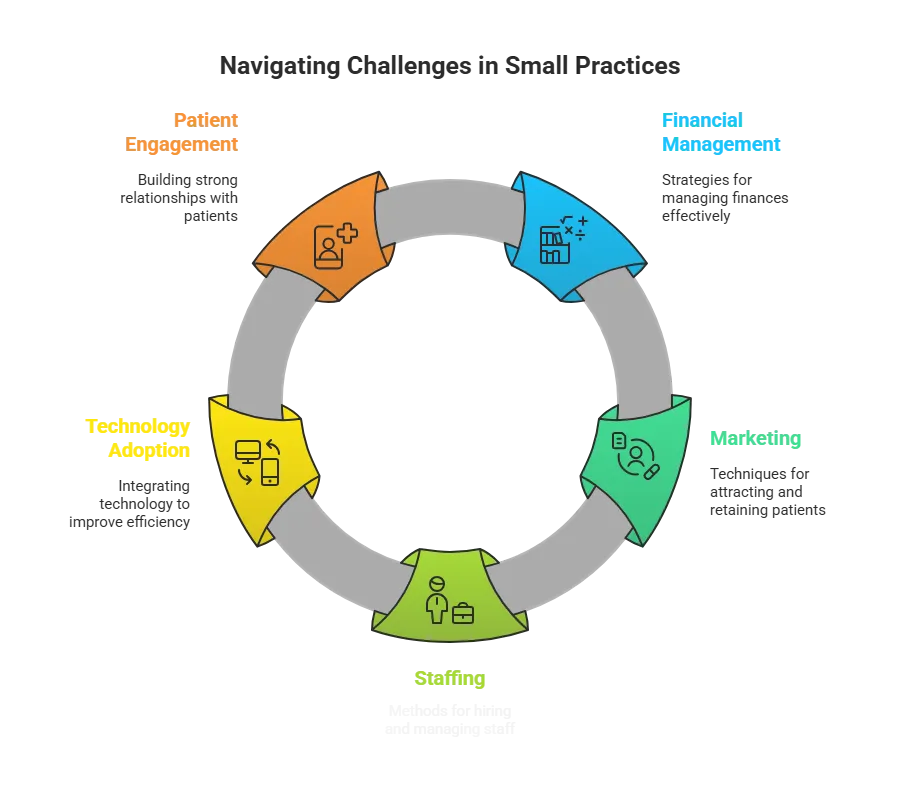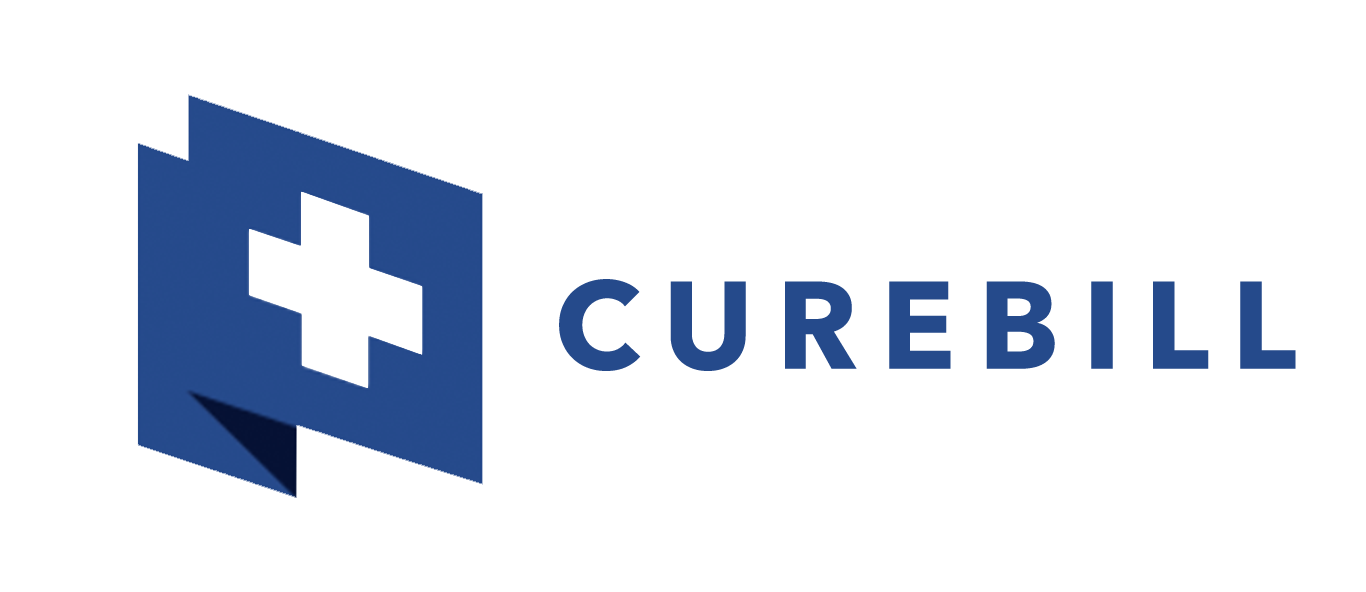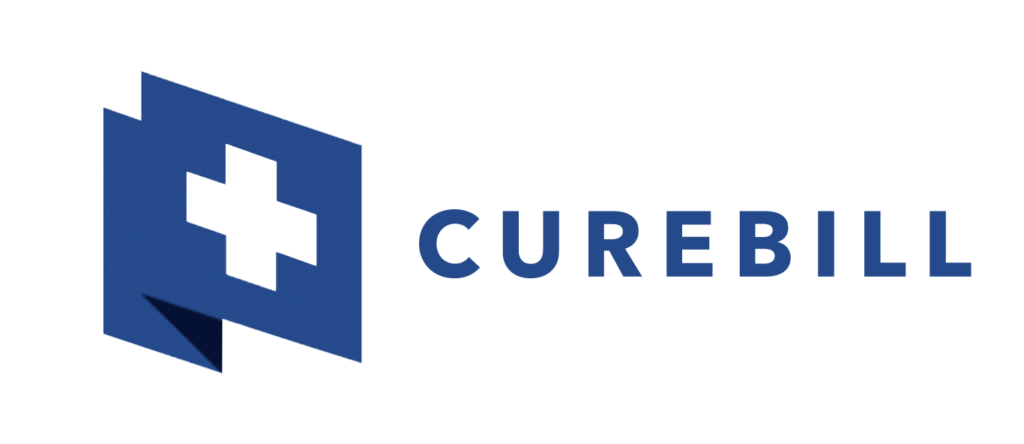
How Does Medical Billing Work? Step by Step Guide for Beginners
If you’re wondering how medical billing works, you’re not alone. Whether you’re a healthcare provider, a medical student, or someone seeking to understand the process behind those insurance claims and patient bills, this guide walks you through every step of the billing lifecycle. We’ll also discuss how companies like CureBill can simplify the process for practices of all sizes.
What Is Medical Billing?
Medical billing is the process of translating healthcare services into billing claims and sending them to insurance companies for reimbursement. It includes everything from verifying patient insurance to sending final bills. It plays a critical role in keeping healthcare practices financially healthy.
Why Understanding the Medical Billing Lifecycle Matters
The medical billing lifecycle isn’t just an administrative task it’s vital for revenue cycle management (RCM). A well managed billing system improves cash flow, reduces errors, and speeds up reimbursements.
Key Metrics Include:
Clean claims rate
First-pass resolution rate
Average days in A/R
Understanding this lifecycle is the first step toward avoiding claim denials and boosting profitability.
Step by Step Medical Billing Process
Step 1 | Patient Registration & Insurance Verification
This first step gathers essential details like demographics and insurance information. Accuracy here helps prevent claim rejections later.
Step 2 | Medical Coding & Charge Entry
Providers translate diagnoses and procedures into standardized codes (ICD-10, CPT). Coders input charges for each visit, creating the basis for claims.
Step 3 | Claim Submission
Claims are submitted electronically to insurance companies or clearinghouses for approval. Errors at this stage can lead to rejections.
Step 4 | Claims Adjudication & Tracking
Payers assess the claim for validity and decide what they’ll pay. Claims are either accepted, denied, or returned for correction.
Step 5 | Patient Billing & Collections
After insurance pays its share, the remaining balance is billed to the patient. Practices must follow up on unpaid balances.
Step 6 | Payment Posting & Reporting
Once payments are received, they are posted to the patient’s account. Performance reports help identify trends and improve efficiency.

Common Challenges & Tips for Small Practices
Small practices often struggle with staffing, coding complexity, and delayed payments. Outsourcing billing can help:
Reduce overhead
Improve claim accuracy
Increase revenue

Outsourced vs In House Medical Billing
Outsourced Medical Billing Services:
Lower staff costs
Access to billing experts
Scalable for any size practice
In-House Billing:
More control
Requires staff training and tech

How CureBill Helps Your Practice
At CureBill, we provide full service medical billing tailored to your needs.
- End to end billing lifecycle management
- Specialty services like cardiolog, physician, radiology and many more
- Fast claim processing and error free submissions
- Transparent reports and dashboard access
Ready to streamline your billing? Schedule a Free Consultation
Conclusion
Understanding how medical billing works is the first step toward optimizing your revenue cycle. Whether you’re a beginner or looking to improve operations, a reliable billing process is crucial.
Want to skip the complexity? Let CureBill handle your billing while you focus on patient care.
Get Started: Contact CureBill Today

